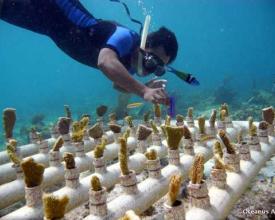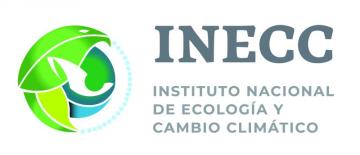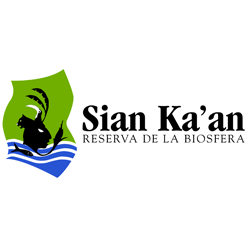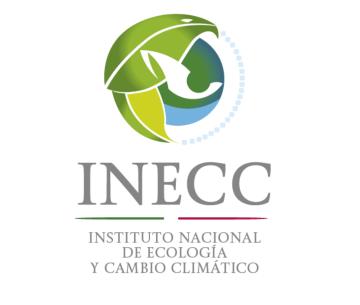
Coral reef restoration via mineral accretion in coral nurseries
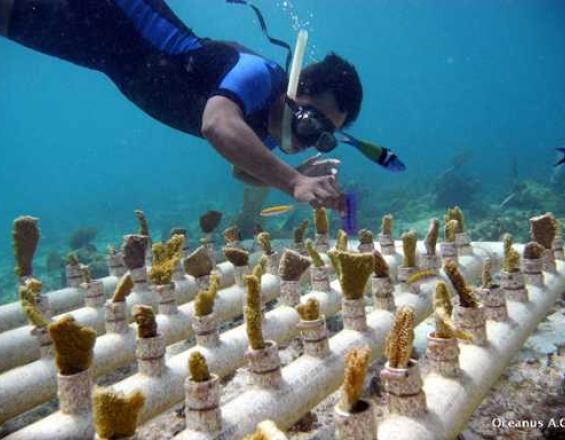
Coral cover and diversity decline in the Caribbean is threatening both marine ecosystems and peoples´ livelihoods. Mexican specialists are working together for the restoration of the coral reef using mineral accretion technology (use of a low voltage electricity to improve the health and growth rates of corals and other marine organisms), as well as artificial structures to provide a surface to which corals can adhere and grow. Such technique has proved to be effective for coral restauration in the area. A coral nursery currently has 4500 fragments of coral developing with a 90% survival rate.
The National Institute of Ecology and Climate Change (INECC) and the National Commission of Natural Protected Areas (CONANP) have provided further support for the development of coral reef restauration in an area of 3,500 m2 within the Sian Ka'an Biosphere Reserve.
Local population and fishermen cooperatives contribute to the project by keeping such restauration areas safe and long-term monitored.
Context
Challenges addressed
Location
Impacts
From 2012, the first marine nurseries were installed with the support of the Reserve and the local fishing cooperatives, trying to locate the best sites for coral growth. Currently, the marine nursery is helping to the recovery of the coral reefs in the Mexican Caribbean; thereby also improving the species production of commercial importance and fishery resources, as well as the tourist attraction that generates an important economic spill.
It is expected that, once the new colonies reach sexual maturity and start reproducing, the effects of restoration through sexual and asexual reproduction will have a multiplier effect for the recovery of the whole reef at a local and regional scale in the Caribbean.
Sowing coral using mineral accretion has proved to be an effective
method for obtaining:
- coral colonies with a good tolerance to temperature increases greater than 2 degrees celsius;
- a major increase in biomass;
- a return to system functionality and
- the restoration of ecosystem services.
The strategic restoration sites of the program include the reef crest of Akumal, Riviera Maya, Xcalak, Sian Ka'an, Tulum and Puerto Morelos in Quintana Roo; Arrecife Alacranes in Yucatan and, finally, the coasts of Veracruz. In 2017 alone, 9,553 coral transplants were obtained, mainly using coral species of the genus Acropora palmata.
